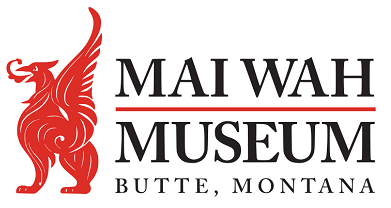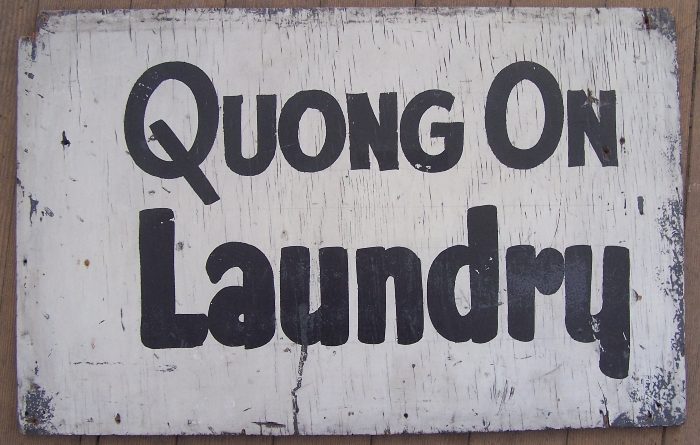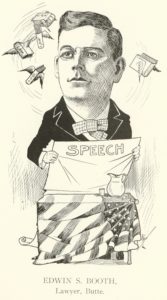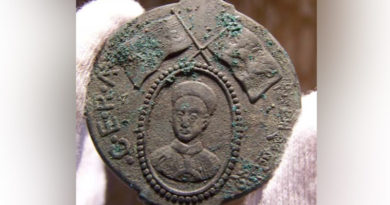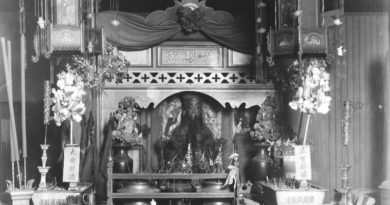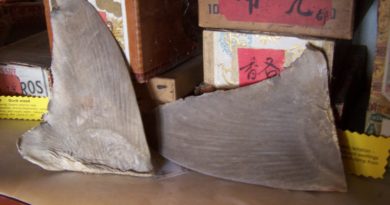Artifact of the Month: Quong On Laundry
By Richard I. Gibson
A simple sign connects us to a lot of history.
Quong On started his laundry at 44 West Galena Street about 1898, two years after attempted boycotts succeeded in driving some Chinese businesses out of Butte although the Chinese ultimately won the law suit they brought against boycott organizers.
On occupied a pre-existing laundry that was built about 1891 on the southwest corner of Galena and Colorado Streets (the former Gold Rush Casino and Restaurant fills this space today). In 1890, a laundry, possibly operated by the same predecessor to Quong On, stood in the middle of Colorado Street just south of the intersection with Galena. Streets in this part of town were not fully laid out in the modern grid system, though that happened quickly in the early 1890s.
Quong On continued on that corner until about 1925, when he moved down the block to a pre-1888 house at 122 West Galena. The location today would be the vacant lot west across Dakota Street from the Post Office. The Chinese “hand laundry” was still there in 1957, but out of business by about 1960. The Quong On Laundry was among the last Chinese laundries to operate in Butte. Two on South Arizona Street survived into the 1960s, and the contents of one, Quong Fong, are now on display at the World Museum of Mining.
In March 1904, Quong On (spelled Quon On in the Anaconda Standard for March 20, 1904), together with Quon Fat made headlines: “TWO CHINAMEN WIN OUT—will be permitted to remain in this country.” They were to be deported under the Geary Exclusionary Act, but Quon made the case (with the help of his lawyer, Edwin S. Booth of 600 E. Park) that he was in fact born in San Francisco 19 years earlier and was not subject to the Geary Act of 1892. He said he was orphaned by age 3 and survived with the help of a cousin, who paid his passage to Butte. Both Quon On and Quon Fat were exonerated by Judge Hiram Knowles (U.S. Circuit Court Judge from Missoula), who allowed them to stay in Butte—in On’s case, for nearly 50 more years.
This was one of Judge Knowles’ last cases, as he retired from the bench on April 15, 1904, after a 44-year career that included a term on the Supreme Court of the Territory of Montana.
Resources: City Directories; Sanborn Maps; Anaconda Standard March 20, 1904; Hiram Knowles Wikipedia article. Sign in Mai Wah Collection, photo by Dick Gibson. Image of Booth from Cartoons and Caricatures of Men in Montana, by E.A. Thompson, 1907 (scan by Butte-Silver Bow Public Library).
